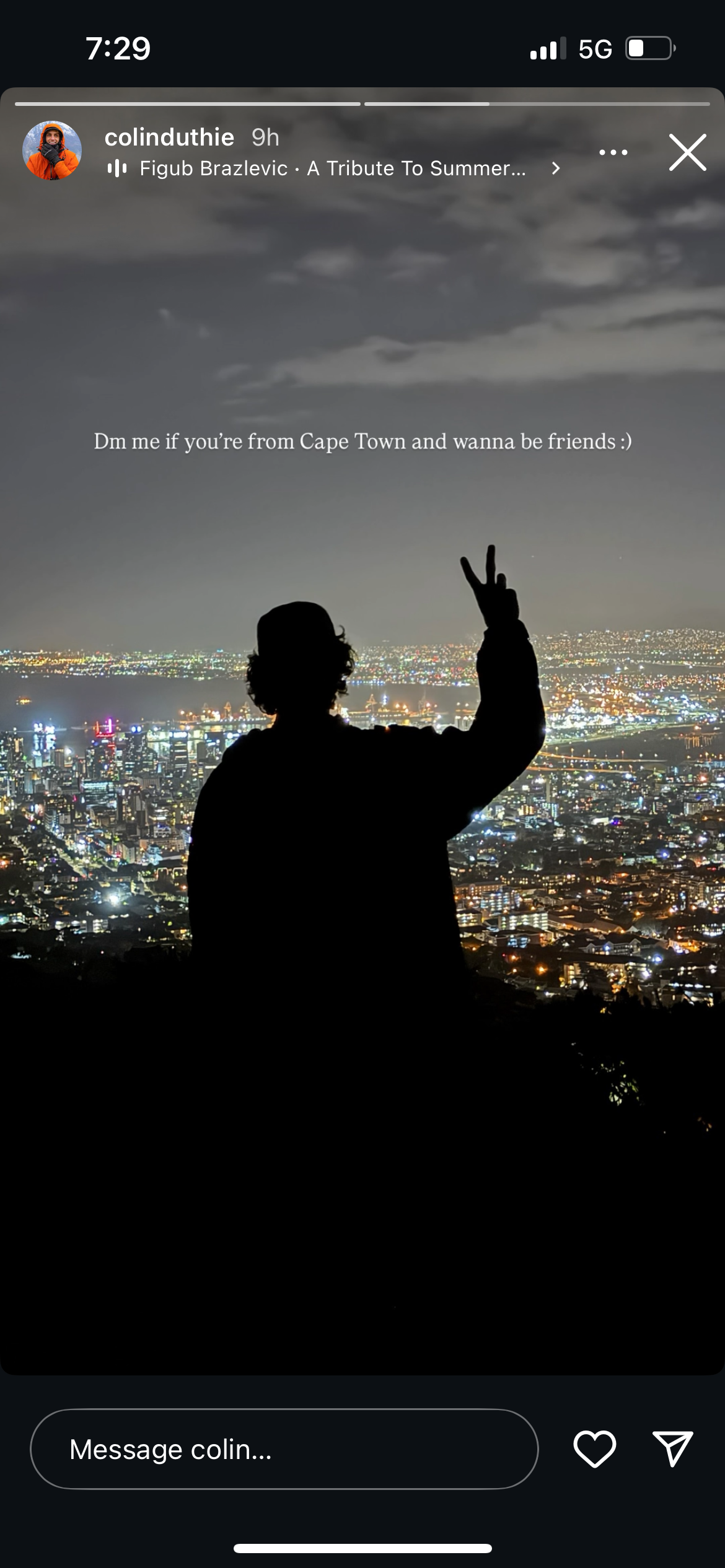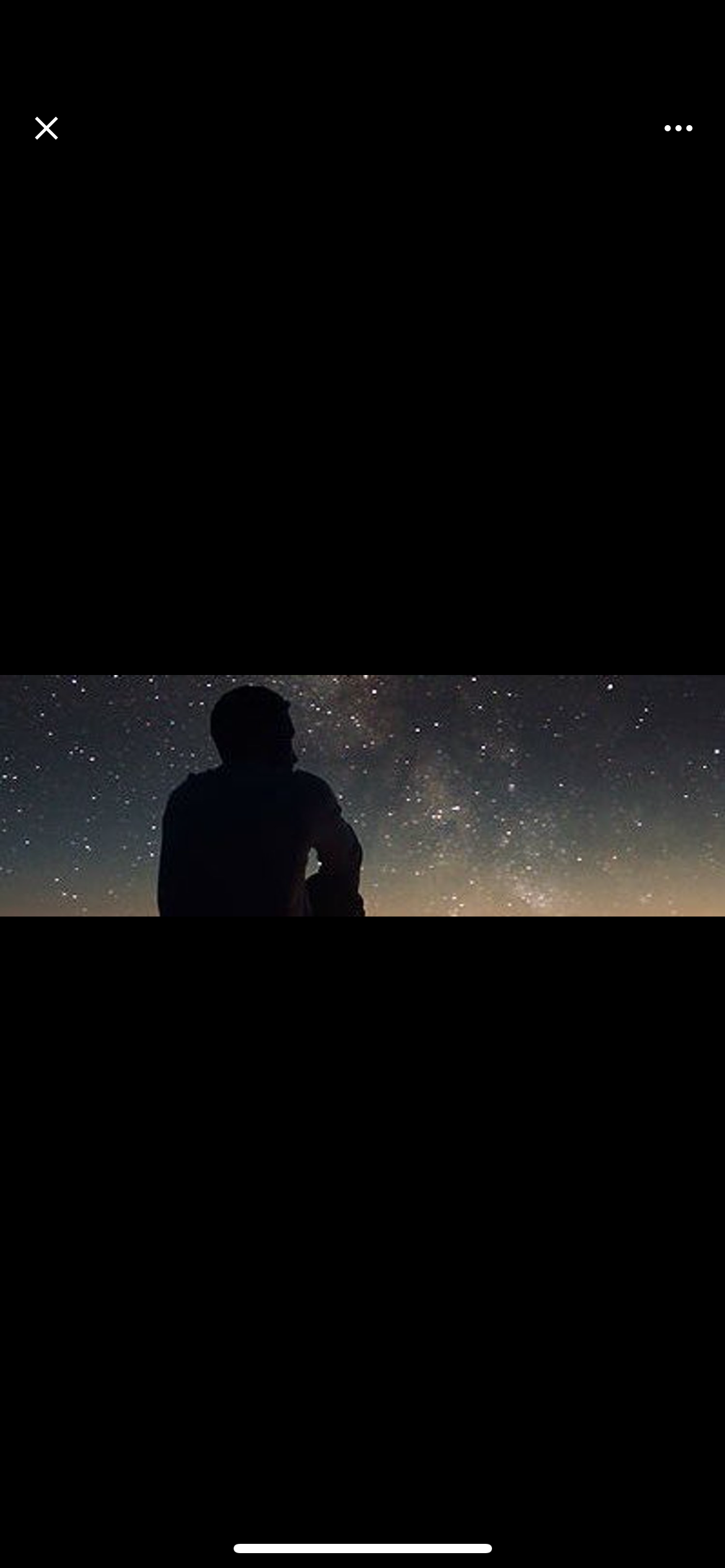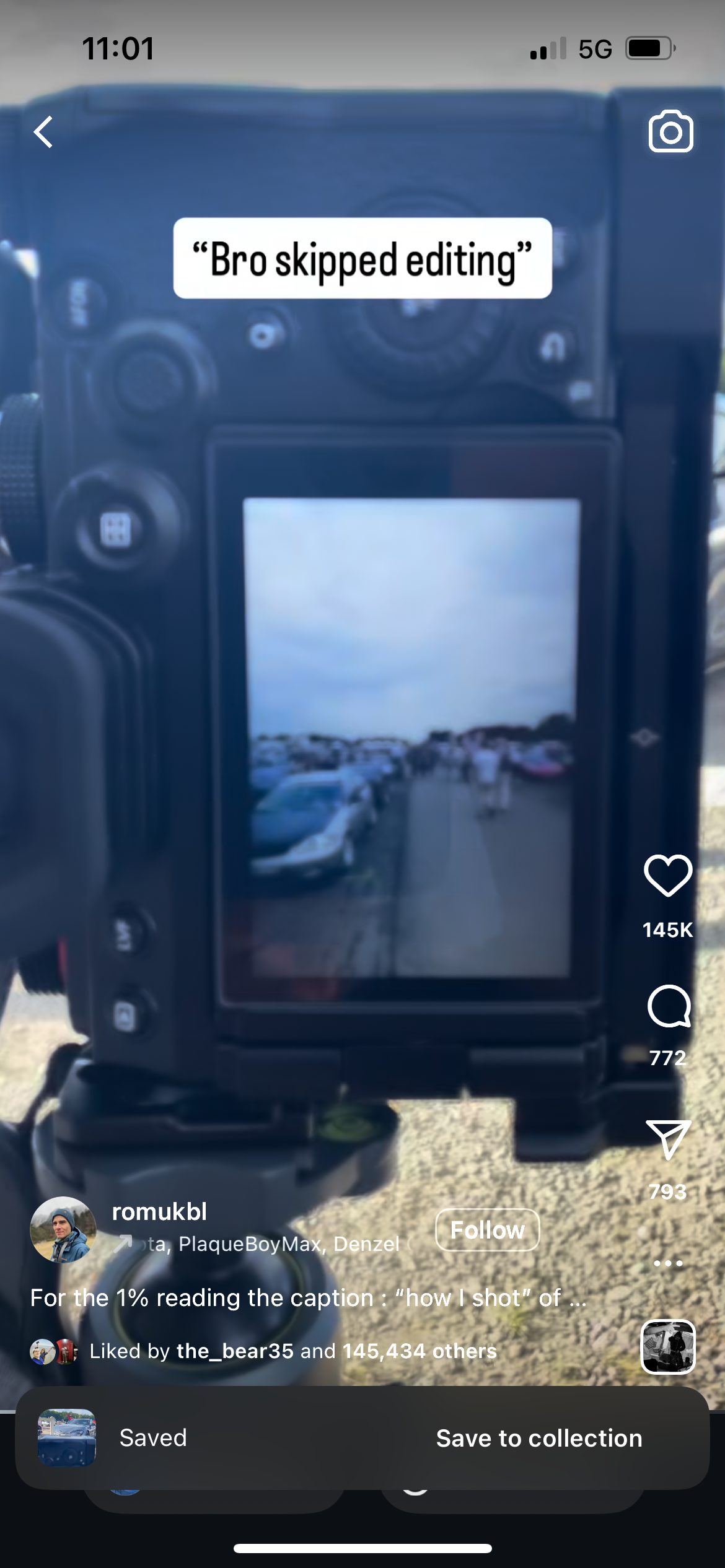Milky Way Photography (ASMR)
AFTER FINAL VIDEO IS COMPLETE, CREATE A PLAYLIST OF EACH INDIVIDUAL PLACE WITH ITS OWN MUSIC TO INCREASE VIDEO COUNT
POSSIBLE VIDEO TITLE - “IN SEARCH OF SUNSET”
[JYLN - Reverie
TEEBS - PRAYERS I FOR TIMELAPSE INTRO, THEN HAVE IT BREAK OFF INTO SILENCE AND AMBIENT SOUNDS BEFORE NEXT SONG STARTS
FLYING LOTUS - CORONUS THE TERMINATOR INSTRUMENTAL
TEEBS - ATOMS SONG
TYCHO, CHACHI JONES - SEND AND RECEIVE]
[GET SOME IMAGES PRELOADED ON THE SD CARD SO YOU HAVE SOME AWESOME SHOTS TO “SHOW THE VIEWERS” WHEN IT COMES TIME]
OPENING SHOT
“I’ve always loved looking up at the stars. Especially in really dark places where you can actually see the Milky Way with the naked eye. Whenever I have a friend with me that’s never seen it, it’s always awesome to see their reaction that first time they look up and see the Milky Way in person. As a photographer, I’ve always thought shooting the night sky is the biggest challenge out there. So many different factors come into play that make it really technical and challenging. It’s always been a quest to get the perfect shot. And honestly, even though it’s the same sky, even though we all look up at the same stars, it still feels different everywhere you go. But one day, one day… I’ll get the perfect shot.”
SHOTS TO GET
Have me at Rt. 20 battlefield, grass whisping at orange glow just before sunset, setting up tripod, mounting camera, setting up folding chair, opening thermos, pouring coffee into thermos cup, sitting drinking coffee watching sunset. Show firefly crawling on my hand (stock footage), maybe do composite timelapse of me in normal time, and sunset in timelapse. , have camera pointing straight up on tripod, and have drone do a rocket shot over camera lens. For final clip of intro, have the drone shot in reverse, so the view is falling into the camera, then zoom into the lens so the shot goes black, and have the sound of the shutter click as the sound to end the music and cut to black.
SHOOT LOCATIONS:
Great Sand Dunes
Kelso Dunes Mojave National Preserve
Battlefield off 20 for sunset shots and good establishing shots
Cuchara Inn Walsenburg
UFO Watchtower
Terlingua
Roof of parking garage - maybe IAD, Sofia St. garage in Fred,
Arches (stock)
Marfa
Joshua Tree NP (Sky’s the Limit Observatory and other cool spots) hotel in Indio
Badlands, SD/ND
Peaks Island
Devil’s Tower?
SHOTS TO GET:
Match cuts setting up tripod
Loading gear into backpack, zipping backpack sounds
Cleaning and checking lenses
Putting batteries in headlamp
Shot of GPS getting directions to places I’ve dropped pins
Drone shot of looking into camera lens then doing fly away like on salt flats
Checking light pollution map on phone or online
Opening sunroof of Honda, reflection showing on glass of sunroof, me standing in sunroof setting up tripod
Me sitting in car, light from my phone showing me in car, tripod and gear set up on top of car through sunroof, timelapse of stars working across sky, me in car at normal speed
Airport shots to show flying from one location to the other
Charging batteries for headlamp and cameras (use nikon for astral shots and sony for recording)
Setting up MSM
Cheersing coffee from thermos with a friend sitting in folding chairs at sunset in 20 battlefield waiting for sunset
Making coffee for Thermos in hotel with the whole setup - beans, grinder, french press, steal creams from breakfast area, microwave water for press
Blanket on the beach at Cape Charles at sunset
Sitting on hood or trunk of car
Pulling through Dutch Bros (mount the camera on the trunk of the car and get the baristas to let me drive back through where they hand me fake cups to make it look like a real dutch bros stop to get the good angle, and tip them well)
Going to dollar store for snacks and bottles of water, saddle blanket at salt flats- recreate sunset picnic, shots of salt flats sign, various shots around salt flats like I took with Cory
Shot of car at dusk with headlights driving at camera, stop in front of camera then kill headlights
Record video with headlamp on
Start out by assuming you have at least basic knowledge in your DSLR camera.
First thing is to check the light pollution map to see where you are, and where a good place to go is.
Check weather and moon phase
GET A TRIPOD. Don’t need a crazy expensive one, one of the basic ones at walmart or amazon are fine.
Get an intervolometer, especially if you want to do time lapses. It is a life saver. When you set it, it takes the pictures for you. You can set the duration of each shot, and how long between shots, then you tell it how many shots you want it to take, and you just set it and forget it. I sit in the car and let the intervalometer just fire away. Remote works fine too.
Show how I set the camera up outside the car window and let the camera and all do the work. That way I can sit in the car with the heat going, and if I need to make a quick exit, I can just snatch the camera and leave.
During the daytime, focus on infinity or the horizon to mark where the focus needs to be. make a mark on the lens, then make another mark to show where the focus needs to be.
Set camera to manual focus, ISO to around 3200-6400, WB to around 4500K to reduce noise, and start taking test shots.
[ACTUALLY GET FOOTAGE OF ME TAKING PICS AND SHOWING THE RESULT TO THE VIEWERS. SHOWING HOW IT CAME OUT, AND HOW IM GOING TO FINE TUNE THE SHOTS TO GET THE RIGHT EXPOSURE, THEN START SNAPPING]
Have extra batteries on you
The best time to shoot is about 20 minutes after naval twilight. As the night goes on, the milky way will actually fade and become less brilliant.
Sequitor is great software for windows for stacking exposures. You DON’T want to use HDR software, because the photo will come out too bright.
Practice always makes perfect. When it comes to editing, set a timer for 10 minutes and walk away or do something on your phone, because these kinds of pics are the absolute easiest to get sucked into overediting.
Make a Google Map of places I’ve been that have great views of the night sky, and mention that as I come across more, I will add them.
Mention the idea about Constellation National Park. MY IDEA!



